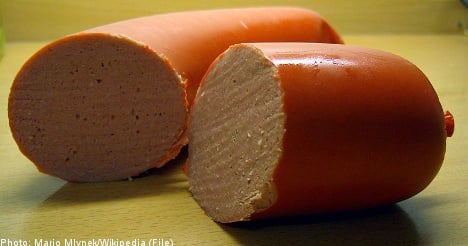The sausage, measuring over one hundred metres broke the previous world record, of 80 metres, also made for the same festival back in 1992. Jokkmokk has put itself on the map for its feat, during the annual fair which is now taking place for the 32nd time.
Making the giant sausage was no mean feat according to those involved in its preparation. Apparently it took four people some 150 hours to put it together.
Magnus Kvickström managing director of Jokkmokk’s Korv told reporters, “The only problem we had was that we had to make a special order for the sausage skin.”
The sausage proved to be the star attraction at a show which has guaranteed itself publicity over the years and brought increasing tourism to the town which lies in the northernmost part of the country, some 170 kilometres north west of Luleå.
The town is perhaps best known for being a central hub for Sweden’s Sami population. Each year, in celebration of its culture another annual market, which is held every February, is a longstanding tradition that goes back over 400 years.



 Please whitelist us to continue reading.
Please whitelist us to continue reading.
Member comments